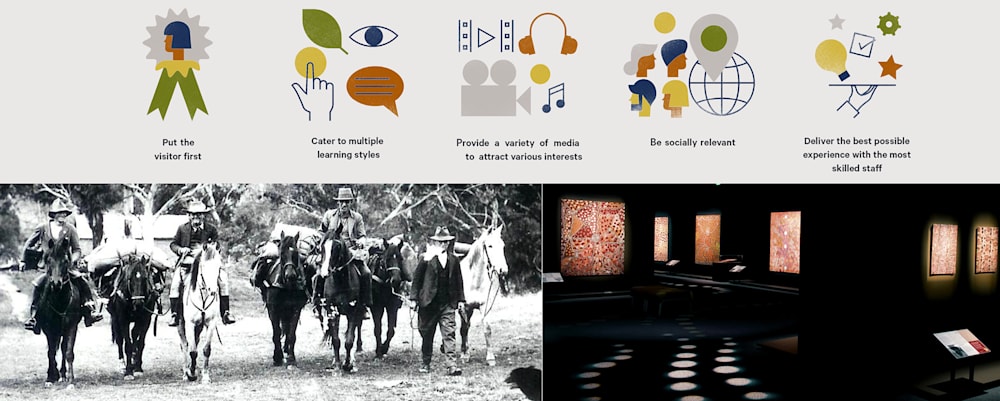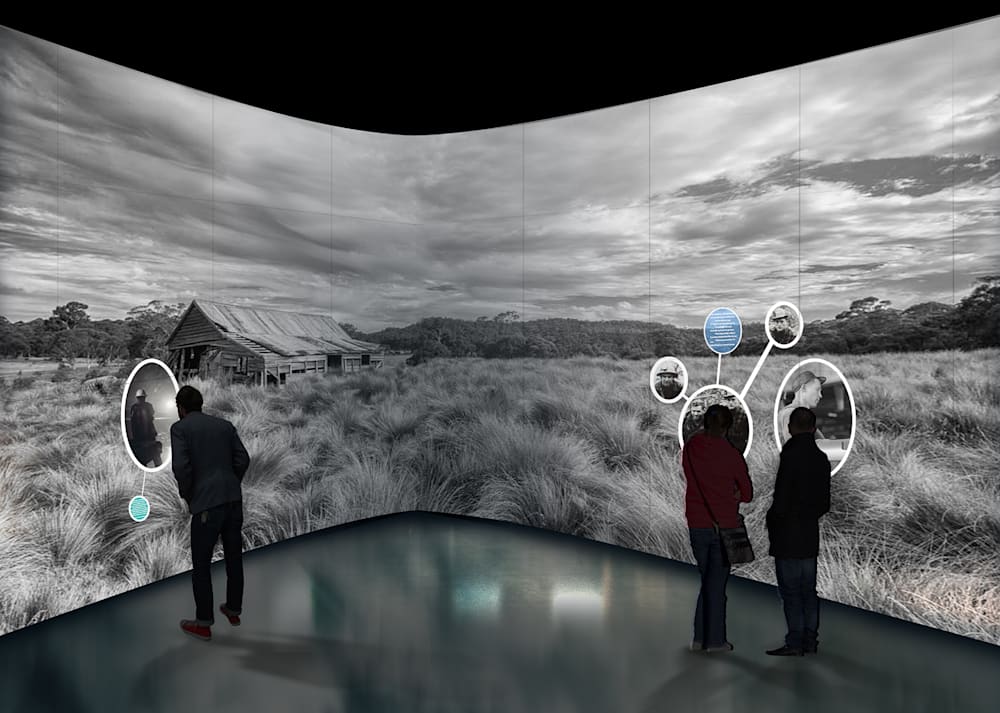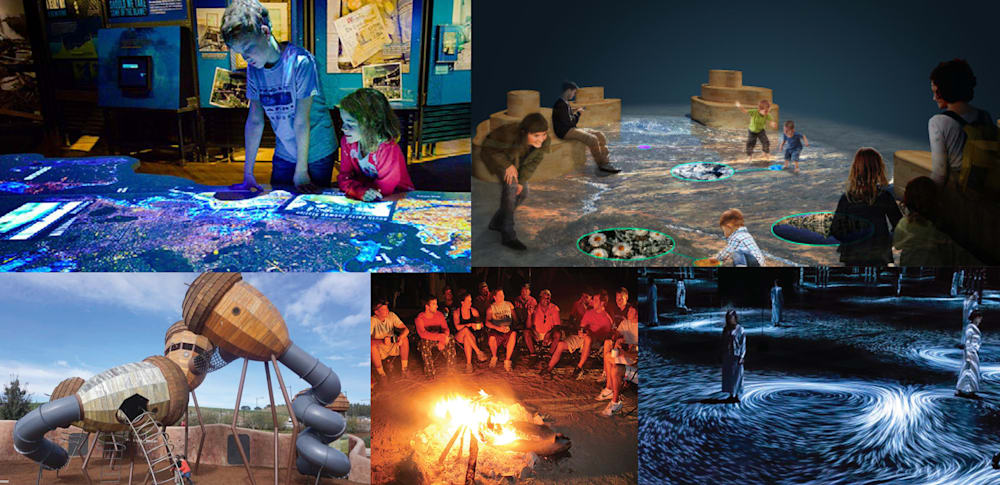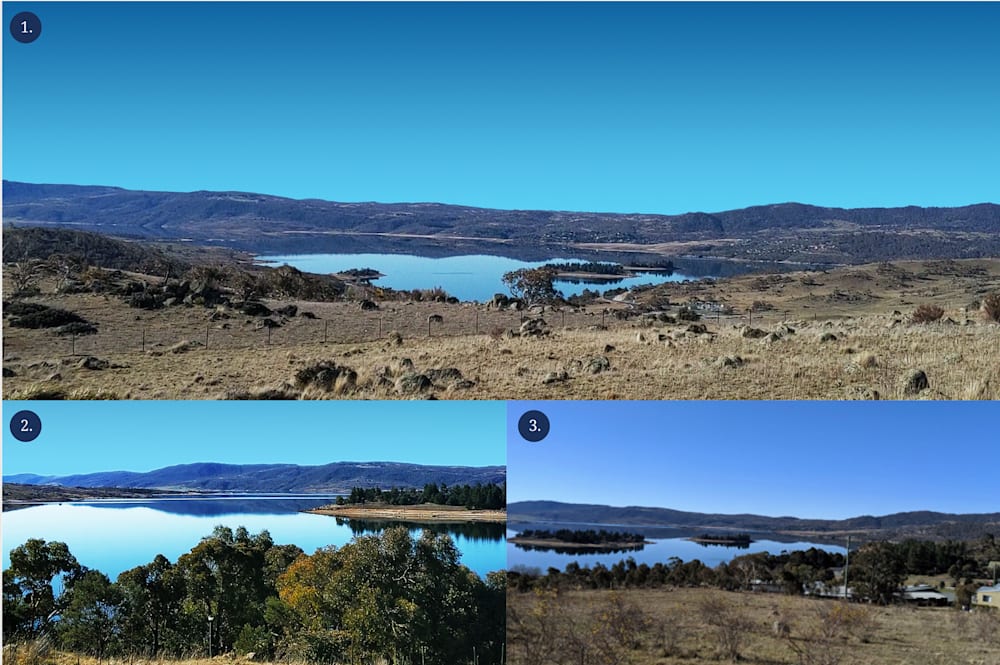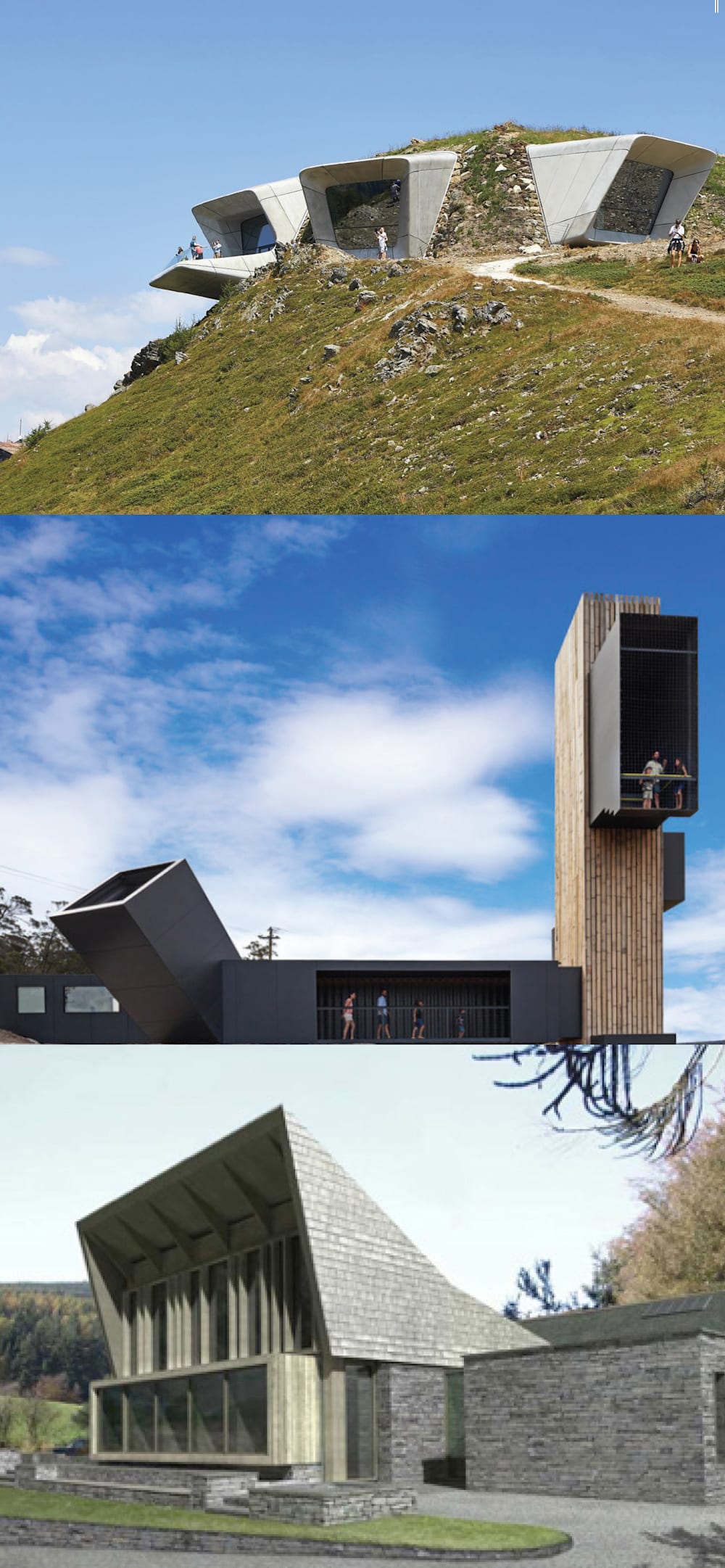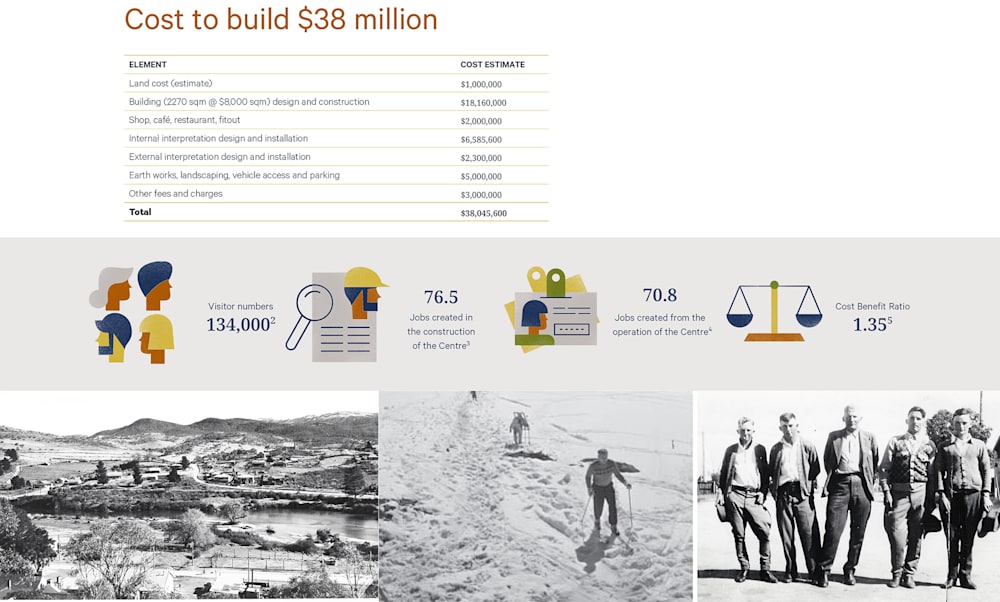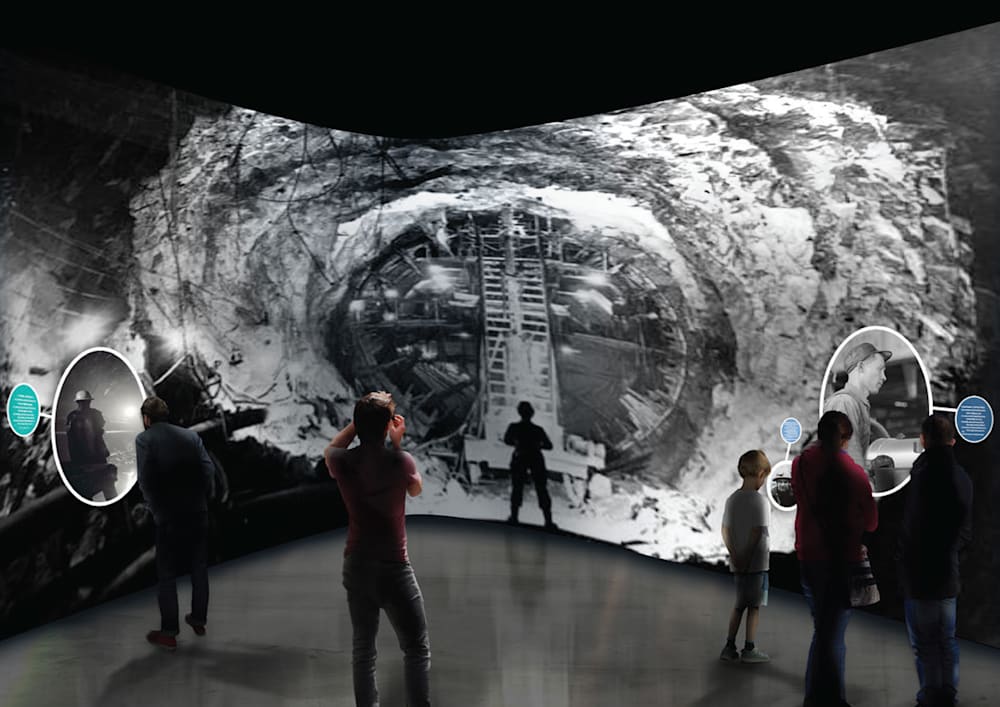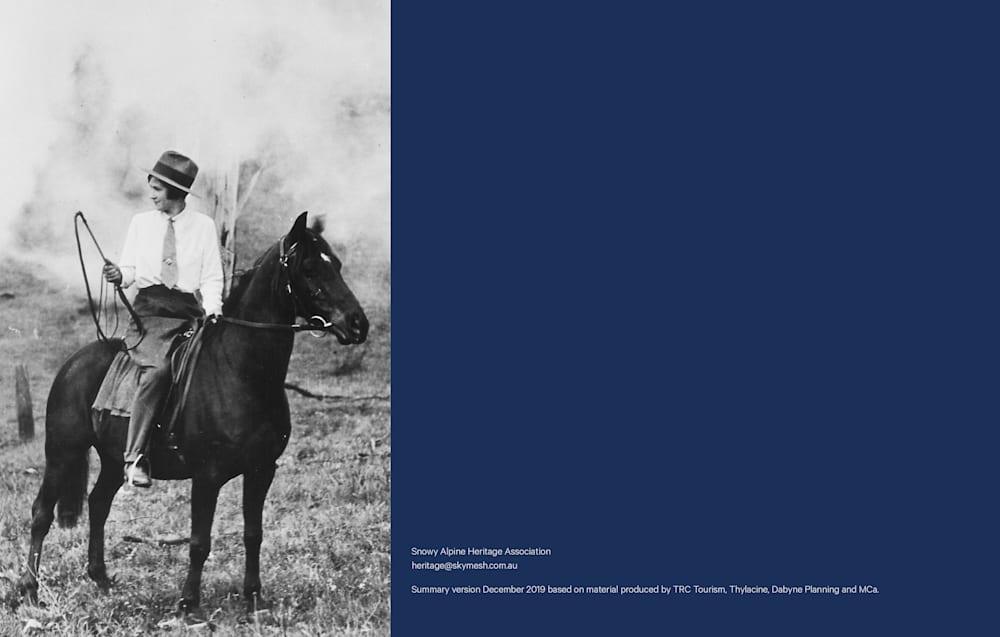The Snowy Alpine Heritage Centre will showcase the nationally significant and unique heritage of the Snowy Mountains – the stories of local people, whose lives were shaped by mountains and rivers, and their legendary stories of hardship, adventure, mateship, tragedy and triumph.
In February 2019 the Deputy Premier and member for Monaro John Barilaro awarded $95,000 for the feasibility study of the Snow Alpine Heritage Centre. Local company TRC Tourism with involvement from Dabyne Planning, both based in Jindabyne have been awarded the contract for the study.
The Snowy Alpine Heritage Association (SAHA) established in 2006 is an Incorporated, not-for-profit, community group who are focused on preserving the heritage of the Snowy Mountains region. The association said the reasoning for the centre was, “time and change create history and in doing so can often destroy it. People and events are forgotten, artefacts are lost, journals destroyed, buildings ruined, stories and memories fade and eras end.
Long term campaigner and President for the association, Tom Barry, said “the great dream is underway.”
“It is a first step, a huge step and we probably could be up to two years before we see shovel in the ground,” said Tom. “It will be an interactive cultural centre, with today’s virtual reality and technology and as such it’s almost endless what you can do. What we really want to capture is the narrative of the people that made the Snowy Mountains today.”
TRC Tourism are leaders in their field and are sought after tourism experts. Penny McLennan from TRC Tourism said, “the committee have some really great ideas.” “Once you start talking to them about it, not just about the stories which in themselves are really interesting, they have some creative and exciting ideas about to how tell the stories, then you get really enthusiastic,” said Penny.
Leisa Caldwell said, “the association started in 2006 but I think the dream has been there for many years before that, especially for people who came from the old town (Jindabyne).” “It will cover the whole Snowy Mountains, there is such a diverse history right across the mountains, essentially it will take in the Snowy Monaro area as well as the Snowy Valleys area. And of course, all the national park. You can’t put a geographical boundary,” said Leisa. “It’s pretty much history of people in the mountains, right from Aboriginal history to today.”
Tom Barry said part of the idea came “about the mid 80’s when we were running this Man from Snowy River award, we got a NSW Government grant to have a book written about a lot of the people who had been awarded the title, and the guy who wrote it, Mike Hayes gave it a title, Before We’re Forgotten.” He said it was a common theme that they all wanted their story told before we are forgotten.
Ivan Pasalich from Dabyne Planning said it was a very exciting project to work on. “At this stage we are looking for a suitable site for the centre and working on what the centre will include and how big it will be. In the range of 2-10 hectares, so a fairly good size centre and hopefully getting views of the lake and mountains.”
Snowy Alpine Heritage Centre Feasibility Summary
Read full Feasibility Study here
Read Thylacine Snowy Alpine Centre Strategic Plan
The Snowy Alpine Heritage Centre will showcase the nationally significant and unique heritage of the Snowy Mountains – the stories of local people, whose lives were shaped by mountains and rivers, and their legendary stories of hardship, adventure, mateship, tragedy and triumph.
The Snowy Mountains is a distinctive region within Australia with a story that deserves to be shared. From the Aboriginal people as the first peoples, to the early European explorers, the pioneers, the cattlemen of the high country, and the strong and inspiring women of this unique part of Australia, the people of the area have always defined its character.
Despite the regions’ rich history, national heritage and status as a tourism destination, there is currently no central place, precinct or experience to express the significant cultural character of the Snowy Mountains and Alpine region for residents and visitors.
The Snowy Alpine Heritage Association (SAHA) is seeking to establish the Snowy Alpine Heritage Centre that will showcase the distinctive way of life and the history of Australia’s Snowy Mountains for visitors and locals wanting to discover and connect with the essence of this special place.
TRC Tourism has worked together with Dabyne Planning, economists MCa, and interpretive design specialists Thylacine to prepare a feasibility study for the Centre. This document provides a summary of the outcomes of that study.
The growth in cultural and heritage tourism together with the strategic objectives of state and regional tourism strategies presents an opportunity to tell the story of the Snowy Mountains and its people. There is a significant gap in the existing offer across the region to meet this demand.
The base case demand modelling for the Centre demonstrates that the Centre could attract 58,700 visitors in year 1 to 134,330 in year 10, generating $2.136 million in revenue in year 1 and $5.082 million in year 10, and an operating surplus from the first year of operation. The Centre will operate on a not-for-profit basis with surpluses used for local research and education associated with the Centre.
The Snowy Mountains has a distinctive and nationally significant story that deserves to be told and shared – the Snowy Alpine Heritage Centre provides this opportunity.
Vision
To be an internationally recognised visitor experience that celebrates the unique combination of heritage and culture embedded in the Snowy Mountains. This will be achieved by bringing to life the stories of the region’s people in exciting and interactive ways, while becoming part of the region’s growth in the future.
Market Appeal
The Centre should achieve excellence in design, construction and operation to be sustainable, accessible and beautiful: a place that is widely respected and admired. It will be a cultural landmark, tourist destination and a community cultural asset.
Inspiration Images
The Centre will be an exciting and interactive experience, a place to bring the family, to explore and learn, and to leave feeling uplifted. The standard of interpretative materials in the Centre and the experience on offer will deliver on this positioning.
Themes
Each theme is envisaged as having its own gallery space, with the land theme possibly working as a connector for all. Each theme is seen as outward looking, with its own unique experience, in a controlled gallery environment and a connection out to a framed view. This will facilitate linking the stories and history of each theme as living narratives into the landscape today.
Each thematic gallery will contain at least one dramatic interpretive media element to tell its story.
1. First Peoples
Inputs to this theme will be developed by the Ngarigo people. The committee is currently in discussion with Ngarigo representatives.
2. Pioneering and Settling Families
This theme will cover the early European histories and record of the area, gold seekers, pioneer families, droving cattle, and linkages to other mountain towns and the Upper Murray. The family histories of the pioneers and settlers will provide a rich source of material for this theme.
3. The Snowy Hydro Scheme
The stories of the building of one of the world’s greatest engineering feats are many and varied. This interpretation of the history of the Snowy Scheme will focus on the people who worked on the project and the impact the scheme had on the residents of the region.
4. Leisure
This theme will tell the story of the development of bushwalking and skiing in the region, the use of Kosciuszko National Park for recreation and the development of modern recreational pursuits.
Site Selection
Criteria were developed for site selection and six sites were initially identified that warranted further investigation. A multi- criteria analysis tool was developed to score each site against aspects including size, topography, distance from Jindabyne, visibility, access, views and vistas, zoning permissibility etc. The sites were ranked from most preferred to least preferred, and three have been identified for further assessment.
1
The preferred site is located at west Jindabyne, sits high on a hill and is accessed from the Alpine Way. The site offers 270 degree views from the wind turbines at Boco Rock Wind Farm, across Lake Jindabyne and up the Thredbo Valley to snow capped peaks. The site is owned by Snowy Hydro Ltd.
2
The second ranked site is located on the foreshores of Lake Jindabyne. A smaller site than the preferred site, it is close (1.4km) to Jindabyne and has exceptional lake views and very good access to services. The land is owned by Snowy Hydro Ltd.
3.
The third ranked site is owned by Snowy Mountains Grammar School. While it lacks the standalone nature of the other sites, the site has excellent lake views, good access to services and could offer the potential for shared facilities with the Grammar School.
The Building
Externally, the Centre will be an imposing structure, prominent in its position and visible from high visitor traffic areas. Architecturally designed, it will reflect the themes of the Centre in its external appearance and in all aspects of public experiences and spaces. A national competition for the architectural design is recommended.
Internally, the building concept includes a central hub which acts as an arrival area and would be a flexible gathering space where visitors can gather and meet friends or family. This space, large enough to also act as a function centre or activity space, will include a café/bar/ restaurant and a commercial kitchen.
The four gallery spaces holding long-term installations and a temporary flexible gallery space will be accessed from the central hub, possibly above or below, to allow both spaces the benefits of views and vistas.
The design would include a display area for activities such as demonstrations of traditional bush skills; an area for campfire events, music, billy tea and campfire cooking; and a high-end themed playground.
Cost to build $38 million
Element + Cost Estimate
Land cost (estimate - $1,000,000
Building (2270 sqm @ $8,000 sqm) design and construction. - $18,160,00
Shop, cafe, restaurant, fitout. - $2,000,000
Internal interpretation design and installation. - $6,585,600
External interpretation design and installation. - $2,300,000
Earth works, landscaping, vehicle access and parking. - $5,000,000
Other fees and charges. - $3,000,000
Total - $38,045,600



